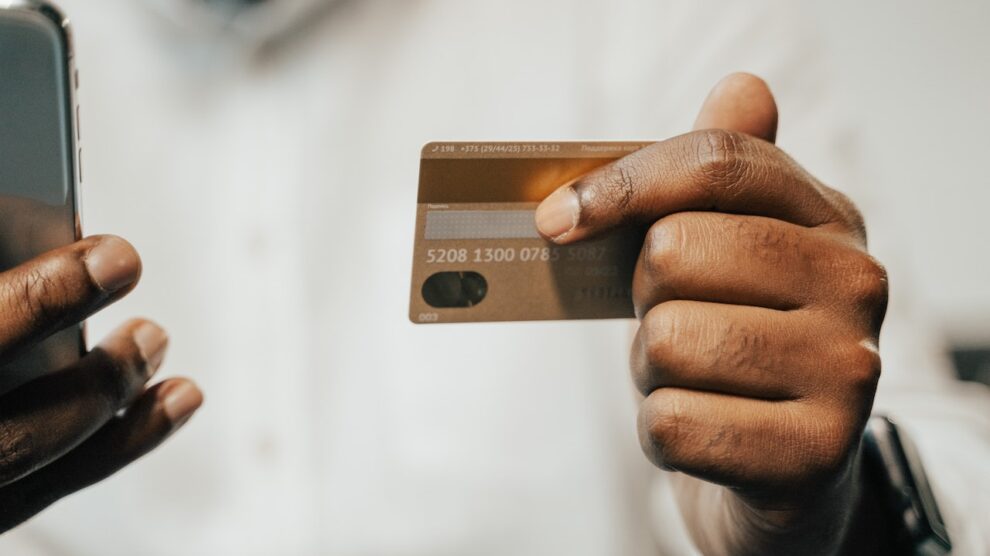Credit scores are one of the most fundamental parts of someone’s financial livelihood in the United States. This single number can determine many factors of someone’s life, including what type of apartment they are able to rent, how large of a mortgage they have to pay, and in extreme cases, whether they can be hired for a job. These scores are extremely important because it represents the level of someone’s trustworthiness to the bank, by showing them how likely a borrower is to pay back a loan on time.
There are many factors that go into the generation of a credit score. Obviously, an individual’s bill-paying history and current unpaid debt are some of the key bits of information. However, their number of loan accounts and how long they have been open can also drastically affect a score. Therefore, a lot of people who don’t have an extensive credit history can often miss out on a lot of borrowing opportunities, because they are not deemed trustworthy enough by the bank.
There are 76 million Americans that often face challenges when trying to access credit. They typically fall into two categories: having thin files and being credit invisible. 61 million Americans have a “thin file”, which means that they have four or less credit accounts on their credit file, which means they have limited credit history for banks and other companies to review. 16 million Americans are completely “credit invisible”, which means that they don’t have any credit history at all. Those with little or no credit history are likely to fall under several categories, including being young or new to credit, being a recent immigrant, being a recent widow or divorcee, or being a cash or debit card user.
This type of credit invisibility can end up being a huge cost for most people. A subprime credit score can lead to higher interest rates on any type of loan. For example, a homeowner with a lower credit score could end up paying $33k extra in interest over the course of a 30 year mortgage compared to their peers with prime scores. They can also pay $400 more in interest for a $550 emergency loan over the course of three months, which is almost the cost of the loan itself! There are also cases where a $10k used car can end up costing borrowers with a low credit score an additional $3k more in interest. It can also be dangerous when emergency expenses appear, as 57% of Americans would not be able to pay an unexpected expense from their savings.
When considering the repercussions millions of Americans face for not having an expansive enough credit file, it makes sense for companies to level the playing field by considering alternative data. Alternative data is Fair Credit Reporting Act compliant information that is not included in traditional credit reports. However, it still revolves around someone’s repayment history, such as their ability to pay bills on time. Lenders can still be assured of a potential customer’s lendability by considering this data, even if it is not directly tied to a credit score.
This data can include specialty finance data, which includes short-term installment loans, rent-to-own information, and other non-traditional lending attributes. Telco and utility data is also useful for data collection- it includes telecommunications, pay TV, home security, and utility payment information. 91% of American adults have at least one utility bill in their name, meaning this form of alternative data is widely accessible. When telco data is used as part of a credit score, people usually experience some form of a score change. For example, 66% of consumers experienced a 10 point positive change to their credit score, and 10% experienced a 25 point positive change to their credit score.
By considering other forms of data to judge a consumer’s borrowing history beyond a credit score, 32% of previously unscorable customers may become represented. It could shift 8.4 million more U.S consumers into scorable credit bands and an incremental 13.6 million U.S consumers could qualify for prime or better offers. This expansion of access to credit can help create a more inclusive economy that is currently excluding millions of people with thin credit files. AI can even be incorporated into this method of data gathering, as some companies are creating machine learning credit scoring systems with the ability to generate logical and actionable reason codes for consumers.
In conclusion, credit scores are a necessary part of having financial security in the United States, and an alarming amount of people are failing to reach the mark. Therefore, alternative data, such as utility bill payments, can be a great way for companies to provide an equitable assessment of their potential borrowers. Millions of people would be positively impacted by this new form of data collection, and would be able to create a more stable financial situation for themselves.





